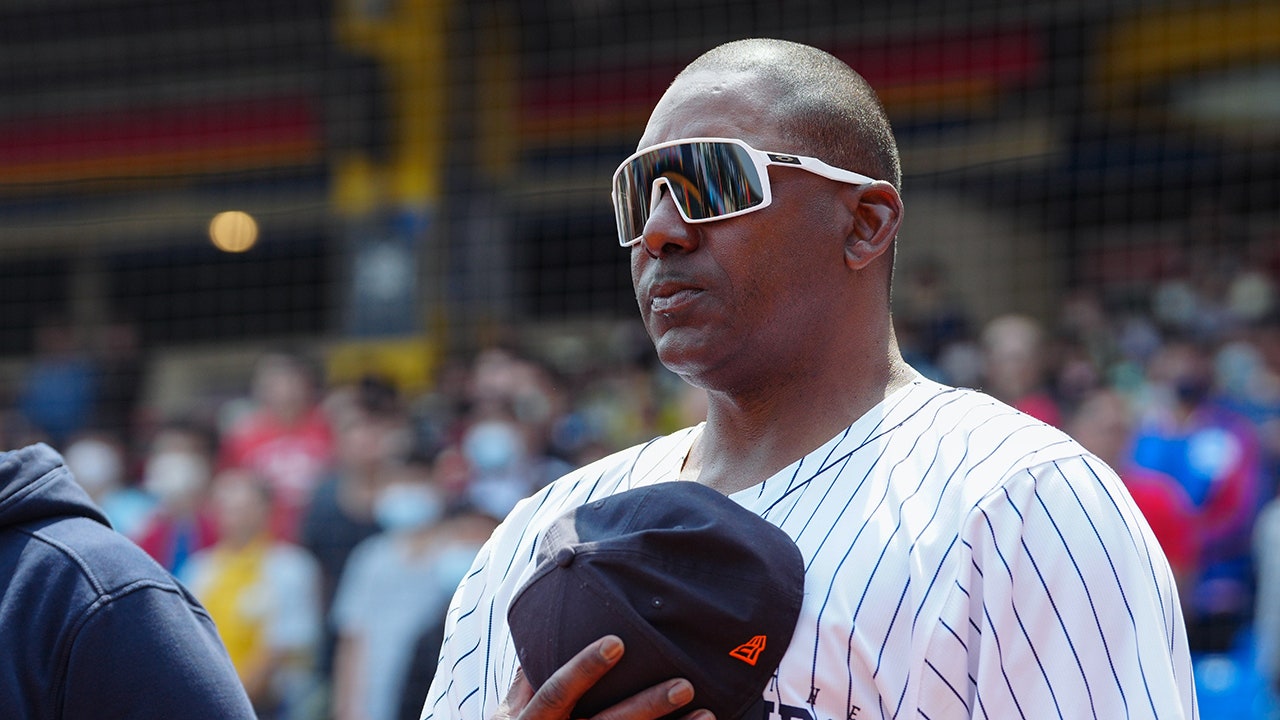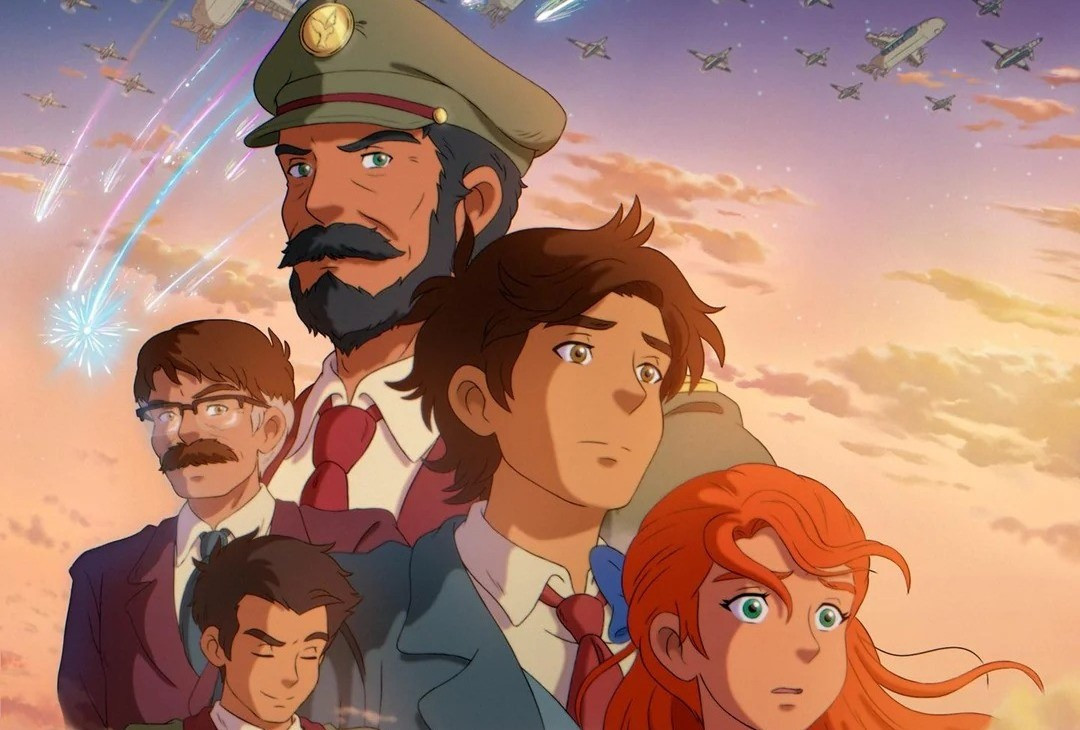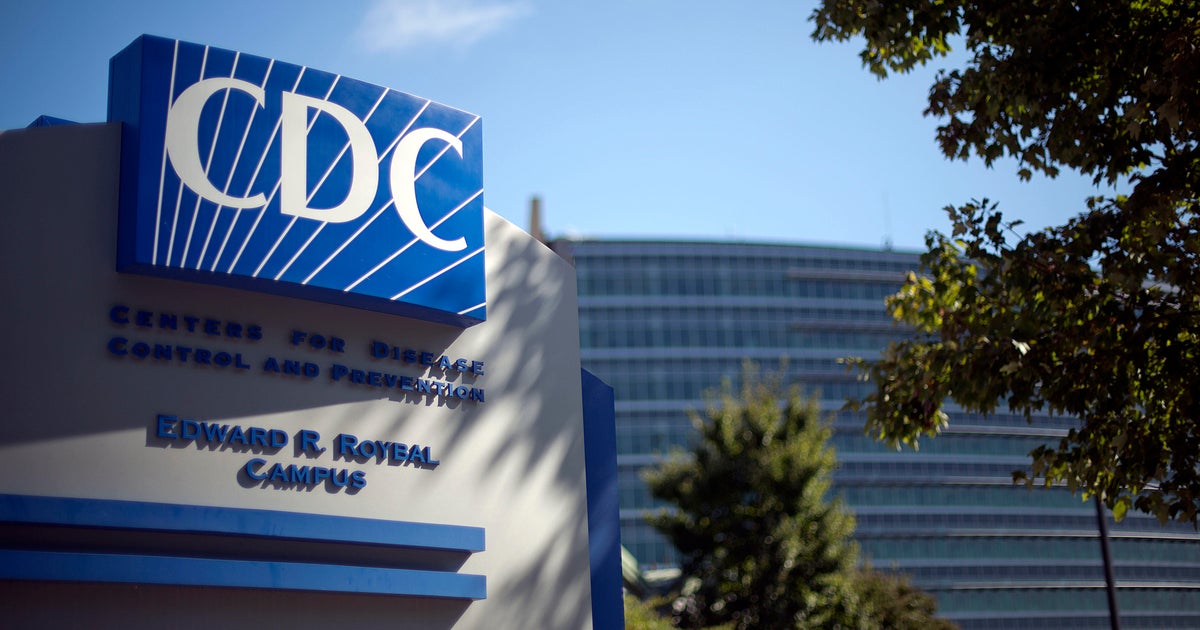Webster’s years of researching, imagining and feeling her way into the histories of her ancestors and their descendants have culminated in her sweeping, frequently insightful, often speculative and sometimes extremely moving “Benjamin Banneker and Us: Eleven Generations of an American Family.” The book, her first, benefits from the voices of many Black cousins she meets along the way whose thoughts, feelings, experiences and reservations are woven into the story. It’s written as a work of “grounded imagination,” Webster explains, as a way to “feel with” her marginalized ancestors whose stories were never recorded or didn’t survive. Banneker’s journals burned when his cottage was set on fire by vandals on the day of his funeral, with only one volume surviving. In conveying what she imagines of his thoughts and feelings, in conjuring her ancestors, and in bringing in the perspectives of her cousins and living family, Webster intends the book as a “biography of Benjamin Banneker and his lineage” and a kind of “narrative reparation.” The result sits at a fine point between fact and sensitively considered fiction based on the minimal records available, oral histories, and the thoughts and hunches of descendants.
Webster grew up in rural Ohio in a family that celebrated Independence Day so enthusiastically that the women sewed elaborate colonial costumes for relatives to wear at the Bicentennial. Webster rarely thought about race or her family as being White. She only occasionally thought about her grandparents as, in her cousin’s words, not having the most “progressive views on race.” Her grandmother’s room had a hidden trap door that had been used during the days of the Underground Railroad, but when Webster became a lifeguard, her grandfather (also a descendant of the Bannekers, though he did not appear to know it) asked “in his teasing voice” if she’d be willing to administer CPR to a Black man. The implication, of course, was that she would not want to do any such thing. Later her Chicago Public School students were often curious about Webster’s ethnic origins, in part because of her tan. When they asked, she described herself as “Irish, English, French, Native American, and Hungarian.”
But in her conversation with her cousin, she learned that census records showed that one of their ancestors, Webster’s fourth great-grandmother, had shifted in the 1800s from identifying as “mulatto” to “White” and started passing. Knowing that Webster wanted to write about this history, her cousin urged her to highlight rather than downplay their ancestors’ decision to reject their background and escape into the privileges of Whiteness. This she does, throughout. “Whatever you do,” her cousin also warned, “don’t act as if this makes you Black.” Her brother emphasized the point a couple of years later, saying, “There is something particularly obnoxious about a white person claiming Black ancestry right now, especially a famous Black ancestor.” These reservations from her family filled Webster with self-doubt.
Webster begins her history of her family with the life of Molly, Banneker’s White grandmother, as a way of justifying her own presence in her ancestors’ story. Pondering the fact that Banneker’s first biographers were also White women, Webster decides that “Molly has to be here in Banneker’s story for us as white people more than for Black people … as a way of asking ourselves if we too could act with independence and courage” in the face of laws that subjected children of a White woman and an enslaved Black man to enslavement until age 30.
According to her grandchildren, Molly was sentenced in England to indentured servitude in the colonies after she was accused of stealing a bucket of milk that spilled when a cow kicked it over. Family history maintains that Molly’s ability to read landed her this sentence, which was less harsh than other possible punishments, including hanging. Webster imagines her ancestor’s work as a milkmaid, the trial and her ultimate indenture on a plantation in Maryland where Molly met Bana’ka, the enslaved man who became the father of her children. Webster imagines her ancestors stealing time together and falling in love.
As a reading experience, I ultimately found Molly’s life as imagined by Webster less immersive than most of the others in the book, in part because Molly isn’t always allowed the same human contradictions and subtleties as other characters but at times seems to become a vehicle for Webster’s didactic aims. In one scene, Webster imagines Molly straining to catch the eye of an imagined friend, the sole enslaved Black woman on a plantation of indentured servants, to let her friend know that she empathized with her predicament.
I was intensely drawn in and touched by Webster’s portrayals of some of her other kinfolk — the depictions of Benjamin’s and Jemima’s parents, Mary and Robert; her intricate and gorgeous imaginings of Benjamin Banneker’s life; and some of the sections about Bana’ka. I liked that she plunged into the confusion and hurt and mess of disagreements and rapprochements with her cousin Robert, whom she met through her research. I also was glad to see her grappling with whether and how she, as a White woman, should tell her ancestors’ stories. And I admired Webster’s sleuthing into recently uncovered documents that reveal that Molly repeatedly treated her children as enslaved property she was setting free. Here Webster’s interpretation of the documents is illuminating: She makes an incisive, compelling argument that Molly did not view her family as property but was using every tool available to her in a racist society to ensure their freedom and emancipation. In Webster’s telling, Molly was part of a “blended, multicultural family that was committed to abolition.”
Often, as “Benjamin Banneker and Us” progresses, it’s not entirely clear what is gleaned from records, what is passed down through family lore, what is drawn from contemporaneous accounts by people in similar circumstances, what is intuited about the time and place depicted, and what is imagined. The text and endnotes provide clarity in some instances, but in far more cases it’s difficult to trace sourcing. To be clear, I have immense sympathy with Webster’s attraction to the use of imagination in re-creating her people, and with her view that spiritual as well as empirical storytelling is needed to address the harms Black ancestors like hers endured even before this nation’s founding. As she argues, this type of storytelling is especially important for people whose ancestors were stolen from their lands and enslaved, who lack the ability to trace their lines through genealogical records that are available to White people with colonial ancestry, like me, and are so often taken for granted. Tears welled up as I read about Webster’s visit to Banneker land, where she sat silently with a heron (Bana’ka’s nickname) and pondered all the symbolism that elegant and solitary and fearful bird conveyed to her. Still, I wished the historical narrative threads were more explicitly delineated. In making my way through “Benjamin Banneker and Us,” I often thought of Dionne Ford’s tenacious, openhearted, ultimately transcendent forthcoming first book, “Go Back and Get It: A Memoir of Race, Inheritance, and Intergenerational Healing,” which also interweaves family research with conjecture and spiritual searching, but without the murkiness of Webster’s approach.
In “Benjamin Banneker and Us,” I often yearned to know whose voice I was hearing: a cousin’s conjecture, a contemporaneous account, a belief of Webster’s? I wanted this clarity because Webster is a smart, painstaking researcher. But her sliding in and out of imaginative narratives without clear lines threatens to undermine her scholarship. I also wanted precision because, while Webster is careful to include dissenting perspectives and to acknowledge her privilege and status as a White woman, she is the one imagining her ancestors. She highlights some conversations in which she and her cousin Gwen agree that “griot stories” of plantation life and beyond prioritize feelings and are true in the sense that the “only way to survive those horrors was through spirituality and imagination.” In asserting this truth, it seems to this reader, Webster implicitly aligns herself with West African historians charged with remembering and recounting family lore. In the end, her book raises the question of whether Webster, as a White researcher and writer, can fill this role for her family.
Maud Newton is the author of “Ancestor Trouble: A Reckoning and a Reconciliation.”
Eleven Generations of an American Family
By Rachel Jamison Webster
A note to our readers
We are a participant in the Amazon Services LLC Associates Program,
an affiliate advertising program designed to provide a means for us to earn fees by linking
to Amazon.com and affiliated sites.














































